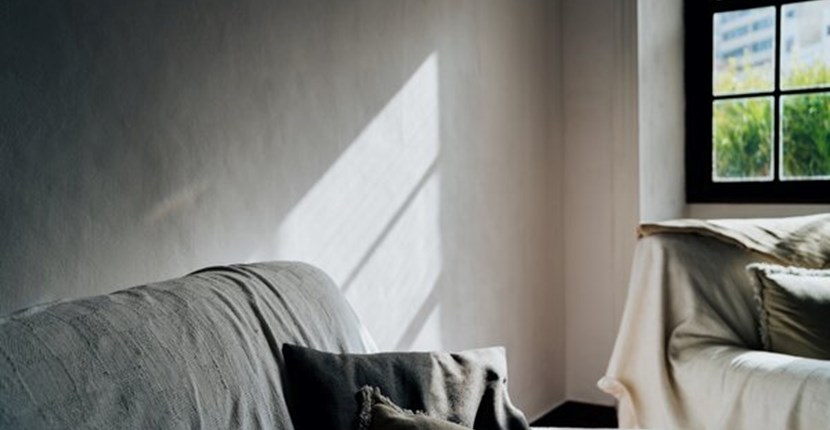Posted on 13 04 2022
Is your rental property winter-ready? Meeting the healthy homes insulation standard

If you're a landlord, you should be aware of the healthy homes standards and any property you’re renting out should be fully compliant by now, as the standards came into force in July last year.
Ceiling and underfloor insulation has been compulsory in all rental homes since 1 July 2019, but the healthy homes insulation standard increased the minimum standard for existing insulation.
The minimum ceiling insulation thickness requirement increased from 70mm to 120mm. If the existing ceiling insulation is below this, a new layer of R2.9 or higher must be installed throughout the ceiling (it’s not enough to simply add more insulation to be thicker than 120mm).
Underfloor insulation must be at least R 1.3 throughout New Zealand. Throughout most of the North Island (apart from a rough circle encompassing Taupo and the central plateau) the minimum R-value for ceiling insulation is 2.9. For the rest of New Zealand, ceiling insulation must be at least R 3.3.
In addition, all rental properties with an enclosed subfloor must have a ground vapour barrier installed if this can be practically done.
With winter approaching it’s worth checking that your property continues to meet the standards for insulation, especially if you’ve had work done in the roof or subfloor space, or if there have been any leaks or possible pest infestations.
Use this tool to find out whether you need to upgrade the insulation in your rental property to meet the healthy homes standards.
If the insulation in your rental property does not meet the healthy home's standard but is in reasonable condition, the rules allow you to top it up to the required thickness and R-value. In some cases, however, old insulation should be removed before new insulation is installed, especially if it’s damp or damaged.
Here are some issues to check for, and what you can do about them:
- damp, mould, and water damage – address the source of moisture first and then replace damaged insulation
- rips and tears – Greenside can assess whether it’s feasible to replace only the damaged parts of the insulation or whether it would be more efficient to retrofit insulation through the entire space
- gaps in coverage, except where safety clearances are required, e.g., around downlights - visible gaps between the insulation and the edge of the framing, or between pieces of insulation, can be filled by moving any dislodged insulation back into place or filling gaps with new insulation to the required R-value
- settlement or compression below 120mm depth in the ceiling – if the insulation is otherwise in good condition, it can be topped up to the required R-value
- gaps or holes in underfloor foil insulation – this will need to be removed and new insulation installed, as it’s illegal to repair or reinstall foil insulation
- vermin, bird nests, and any other contamination or damage – remove any sources of contamination and check the condition of the insulation to see whether it should be patched, topped up or replaced
Landlords who don’t meet their obligations under the healthy homes standards are in breach of the Residential Tenancies Act 1986 and could be liable for exemplary damages of up to $7,200.
The healthy homes standards recognise that some homes have features that are not reasonably practicable to insulate. The legislation allows for three specific insulation exemptions, the main one being where access is impracticable or unsafe. You can find more detail about the requirements and exemptions here.
Keeping your rental property well insulated will help ensure you’re providing housing that is safe, warm, and dry, which will help your tenants stay healthy and comfortable.
To ensure your property continues to comply with the healthy homes standards, we recommend you have any work carried out by professionals who understand and work to NZS4246-2016. Get in touch with our experts for advice on keeping your property up to standard.